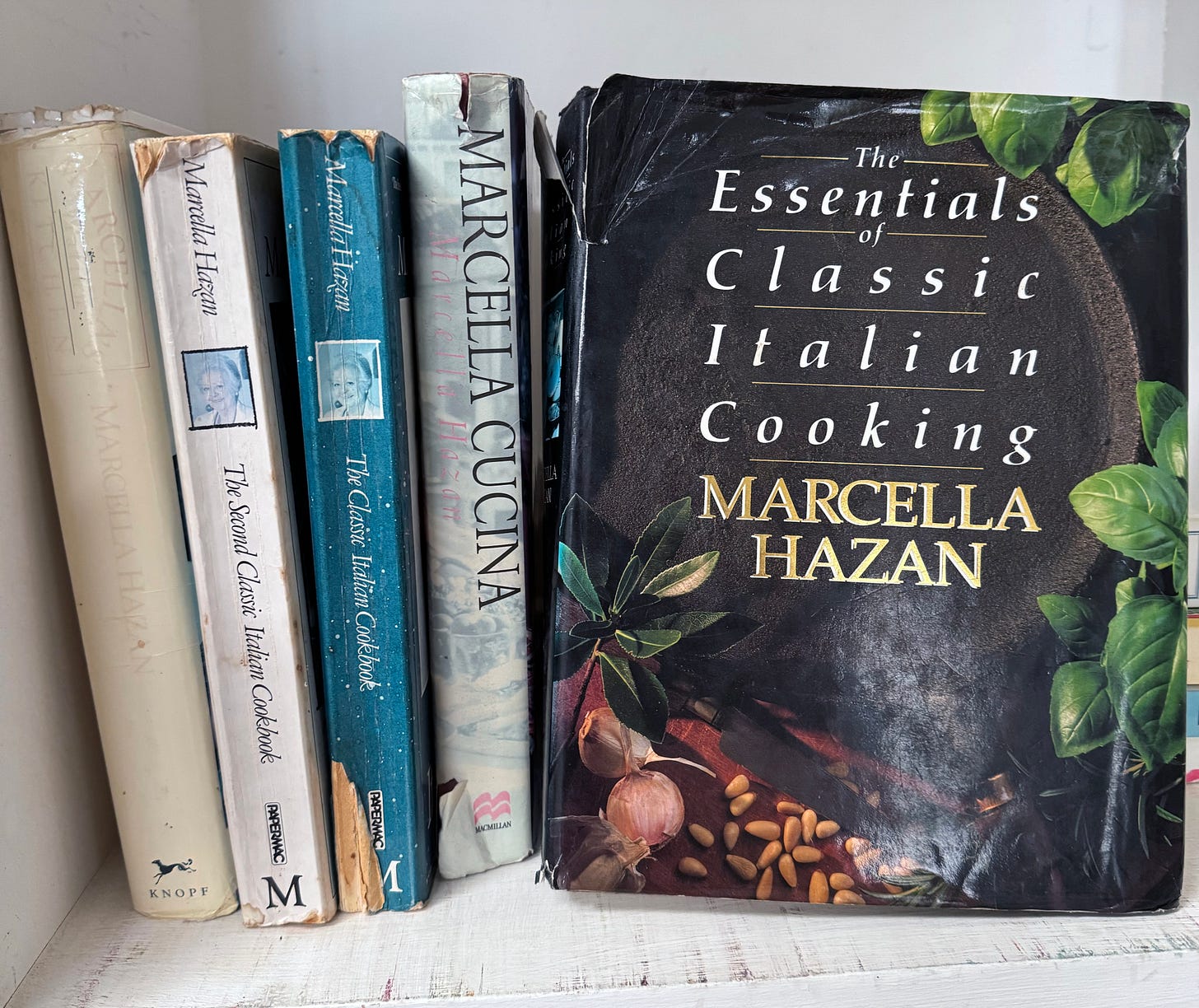Forever Cooks: Marcella Hazan
It's time to make Tomato Sauce 3
On three consecutive days, over the 9th, 10th and 11th of July 1992, Marcella Hazan and her husband, Victor, gave a three day masterclass at the Ballymaloe Cookery School.
Two things were immediately obvious.
First, Signora Hazan was every bit as formidable as her reputation suggested. Second, her husband, Victor, was an integral part of the team that had…



